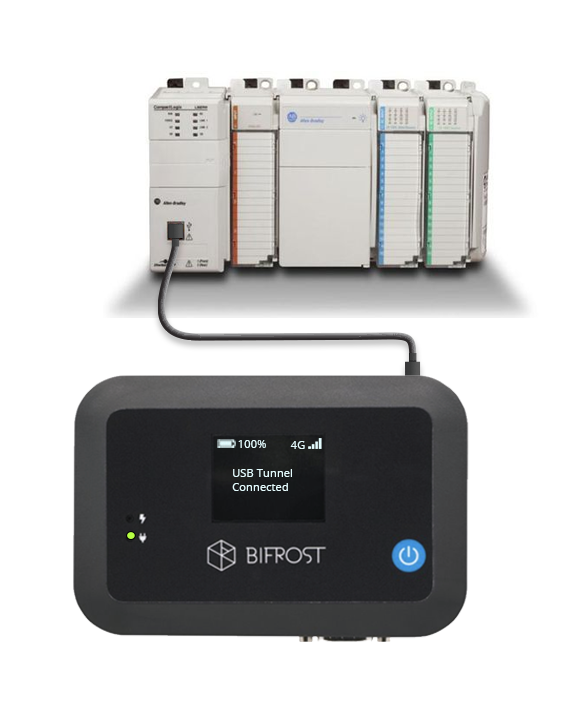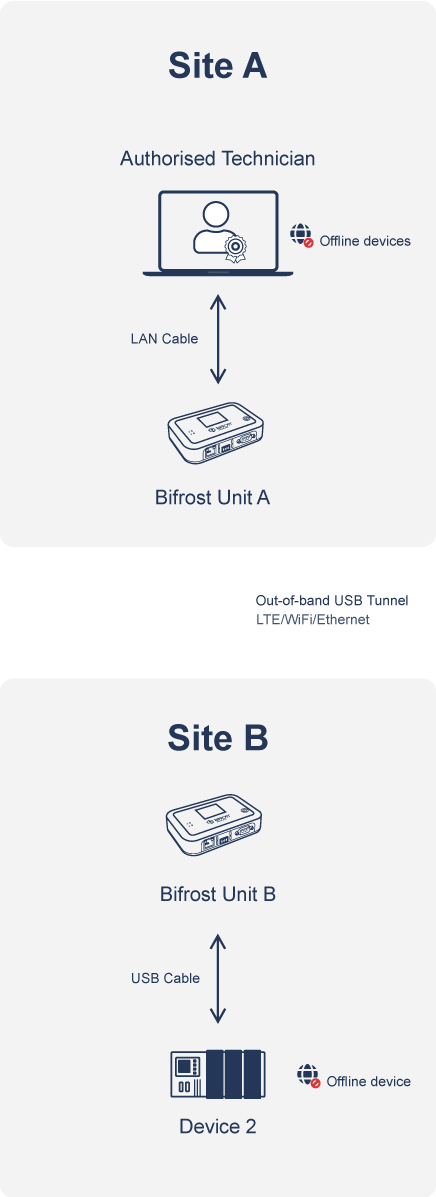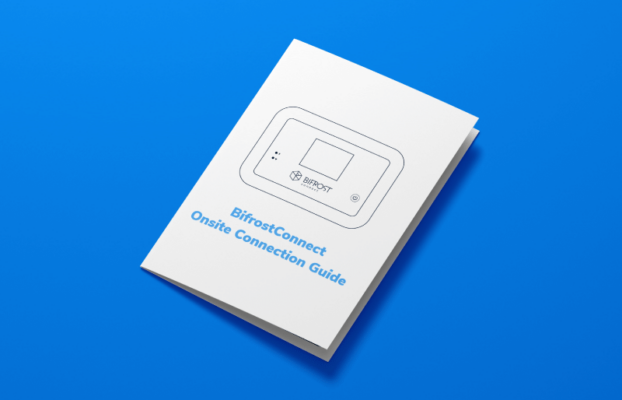USB Tunnel
Bridging the gap between
remote devices
Leverage USB Tunneling for direct connectivity Without VPNs or Endpoint Exposure
Remote Access as it should be
Addressing
USB-Only Connectivity
IT or OT devices often need programming, configuration, troubleshooting, and calibration through software on a computer connected to the device.
But how do you establish remote access when direct access via USB is the only available option?
With the Bifrost USB Tunnel, you can establish USB connectivity between your remote devices — even when they are offline.


Initial Device Setup
Situation: Devices such as routers, network switches, or new servers might not have initial network settings configured, which could complicate or delay setup processes.
Solution: Combine a USB Tunnel with an external network adapter to bypass potential network setup issues and achieve point-to-point Layer 2 access, facilitating immediate device configurations.
Network Security and Isolation
Situation: In high-security settings such as industrial control systems, preventing unauthorized network access is paramount.
Solution: A USB Tunnel ensures you can manage these sensitive
devices without connecting them to a potentially vulnerable
network, maintaining stringent security and isolation.


Troubleshooting and Recovery
Situation: When network functionality is compromised due to misconfigurations, firmware issues, or hardware failures, managing the device over a network might be impossible.
Solution: A USB Tunnel offers a direct connection that enables you to perform essential troubleshooting and recovery tasks efficiently, ensuring minimal downtime and swift resolution.
Discover How You Can Establish Zero Trust Access to Your Equipment
Get in touch with one of our experts today.How it works

When implementing Bifrost USB Tunnels, Bifrost Units are placed in:
Site A: Use a LAN cable to connect the Bifrost Unit to the computer that will operate the USB equipment.
Site B: Link the Bifrost Unit to the USB Equipment.
After session configuration, devices at both Site A and Site B connected through Bifrost Units will be virtually linked by a borderless USB cable. This allows authorized users at Site A to operate the equipment, bypassing the use of sensitive login information that might be at risk of compromise after the session.
For additional security, devices at both sites can be kept offline, allowing for Air-gapped Remote Access.
A Unified Remote Access Platform
Together as a suite, the BifrostConnect Solution gives you unmatched flexibility in tailoring your Zero Trust Access and scaling up your existing setup.
Zero Trust
- Air-gapped remote access
- Out-of-band LTE connectivity
- End-to-end encryption
- Transitory session data
- Multi-factor authentication
- SAML integration
- Access management
- Audit logging
Versatile
- Support all platforms
- IP Tunnel sessions
- KVM sessions
- Terminal/Serial sessions
- SSH sessions
- File transfers
- BOOT/BIOS access
- Portable/On-demand
Plug and Play
- Offline remote access
- Hassle-free implementation
- No software installs
- No network configuration
- Out-of-the-box commissioning
- No on-site configuration
- Easy to use
- Hosted private infrastructure
Explore related resources
Onsite Connection Guide
March 12, 2024Setting up the Bifrost unit is a straightforward process. Download the onsite connection guide here and learn more.
BifrostConnect Technical Specifications
January 12, 2024Download the technical specifications for the BifrostConnect unit.
Discover BifrostConnect
May 1, 2023Zero Trust Access boosts remote work, expands market reach, saves resources, and prolongs technology lifespan.


